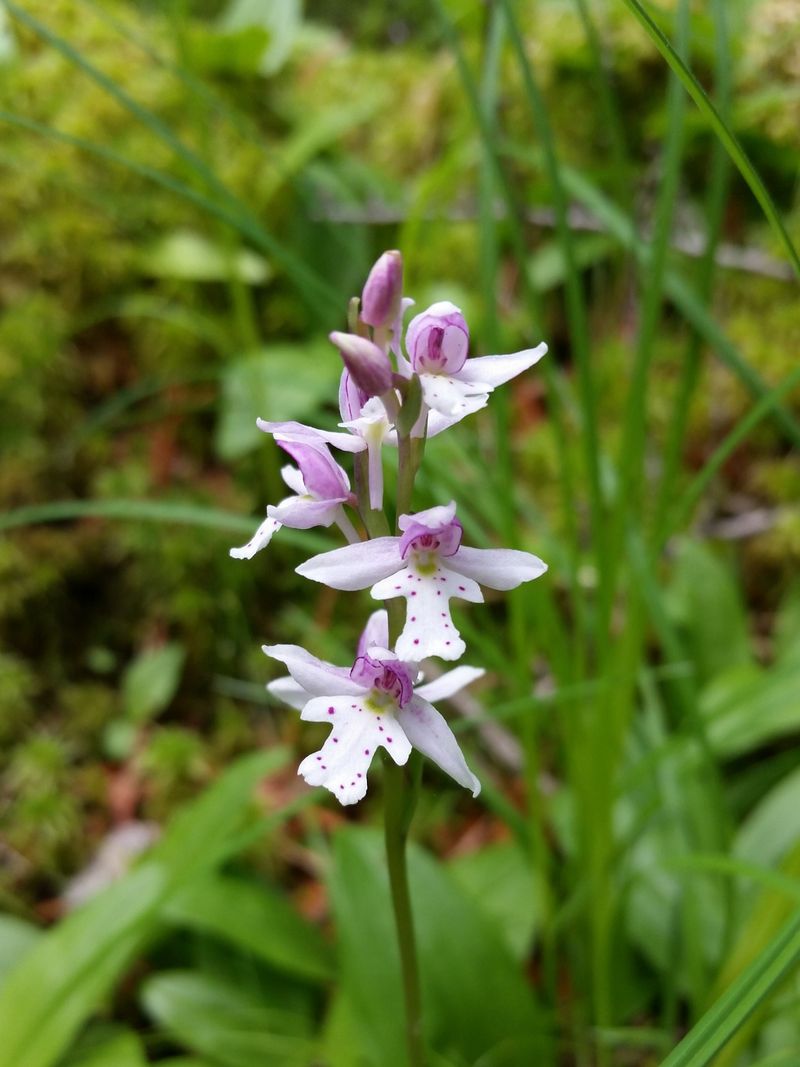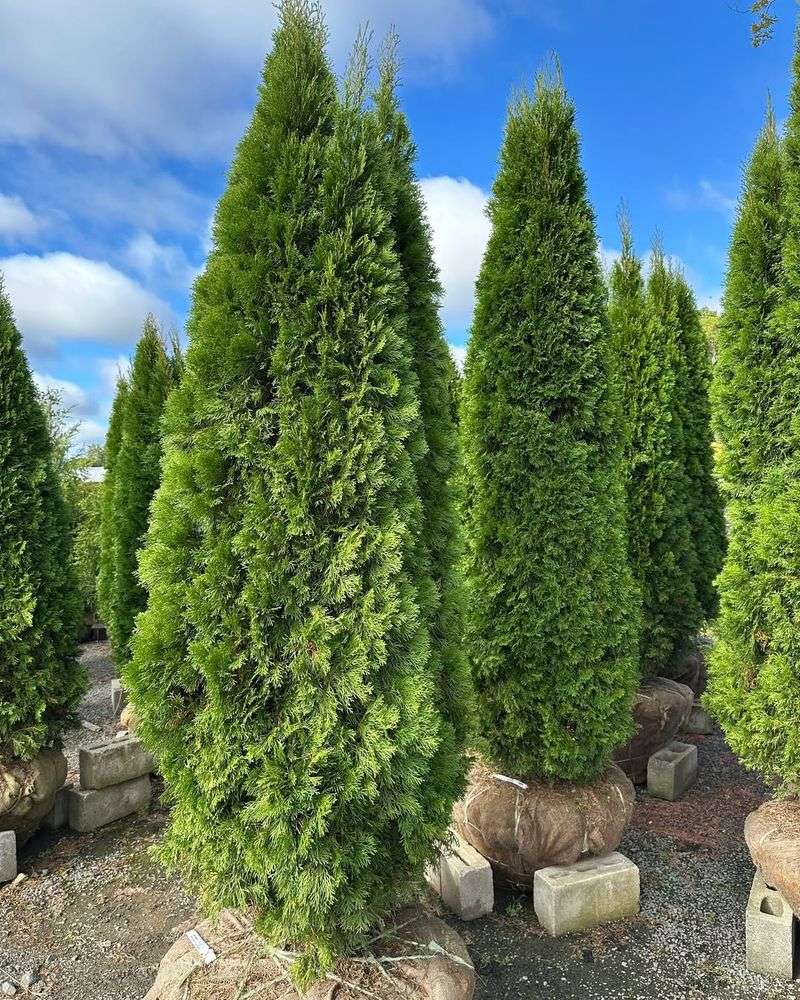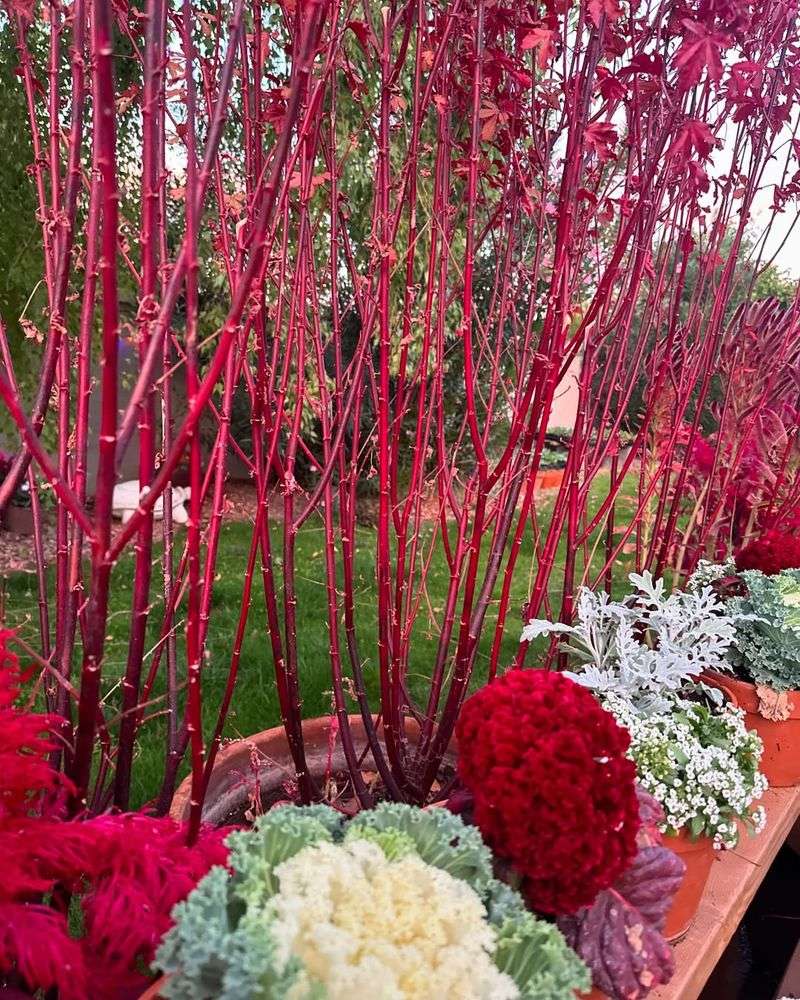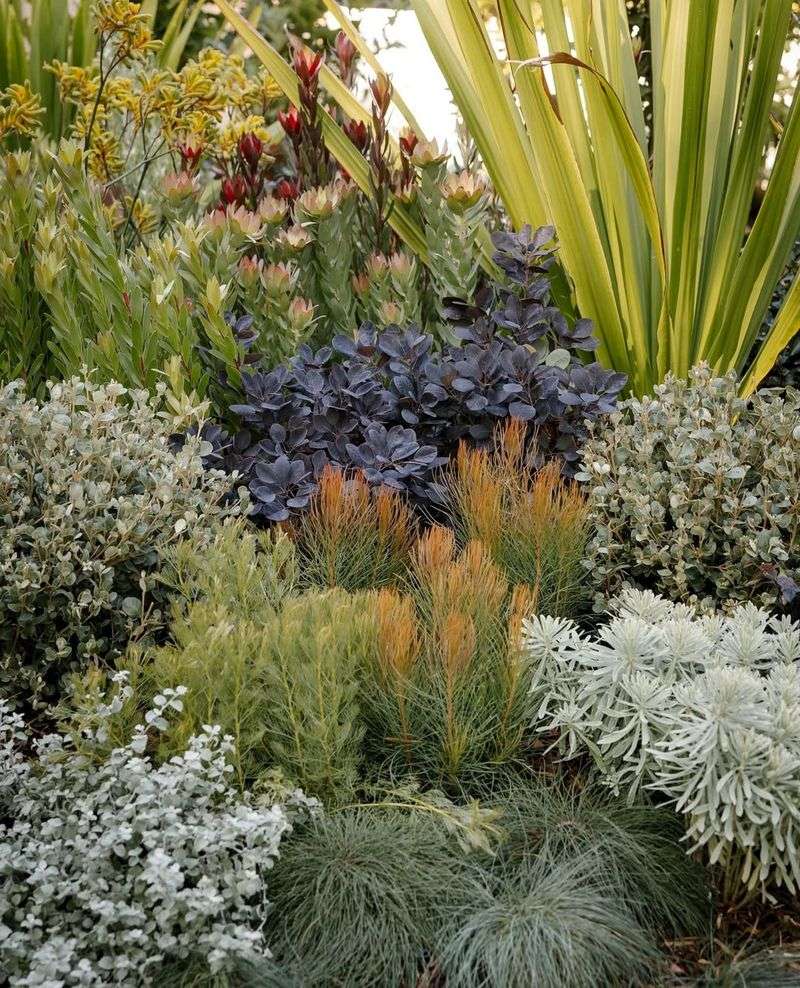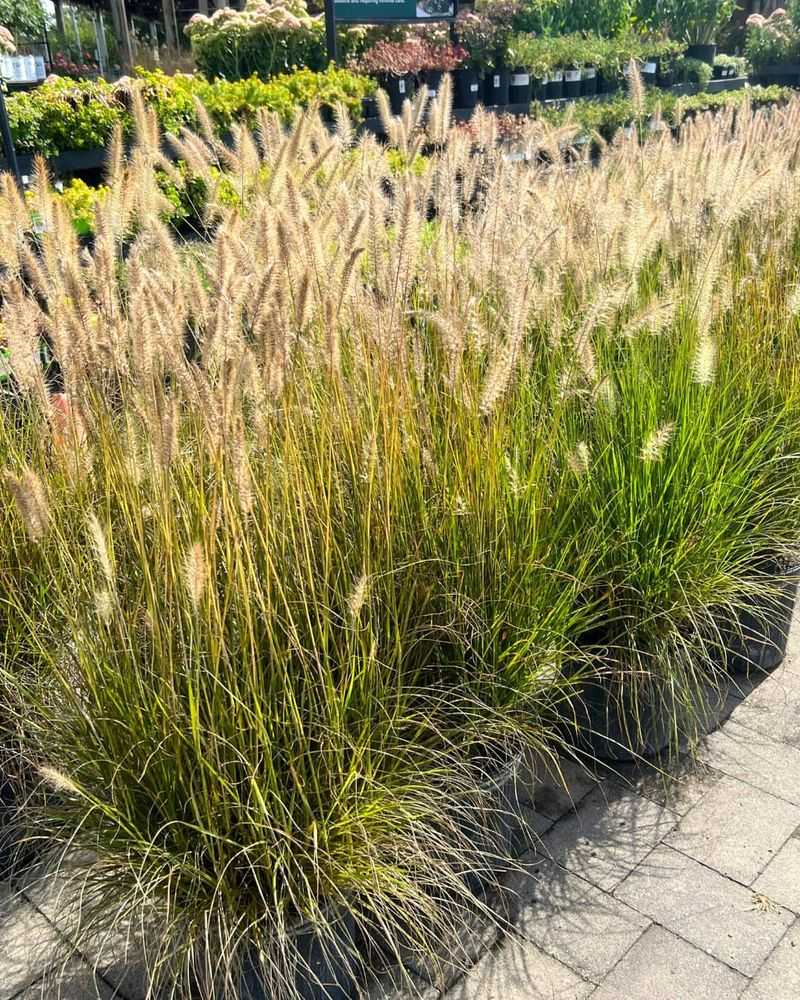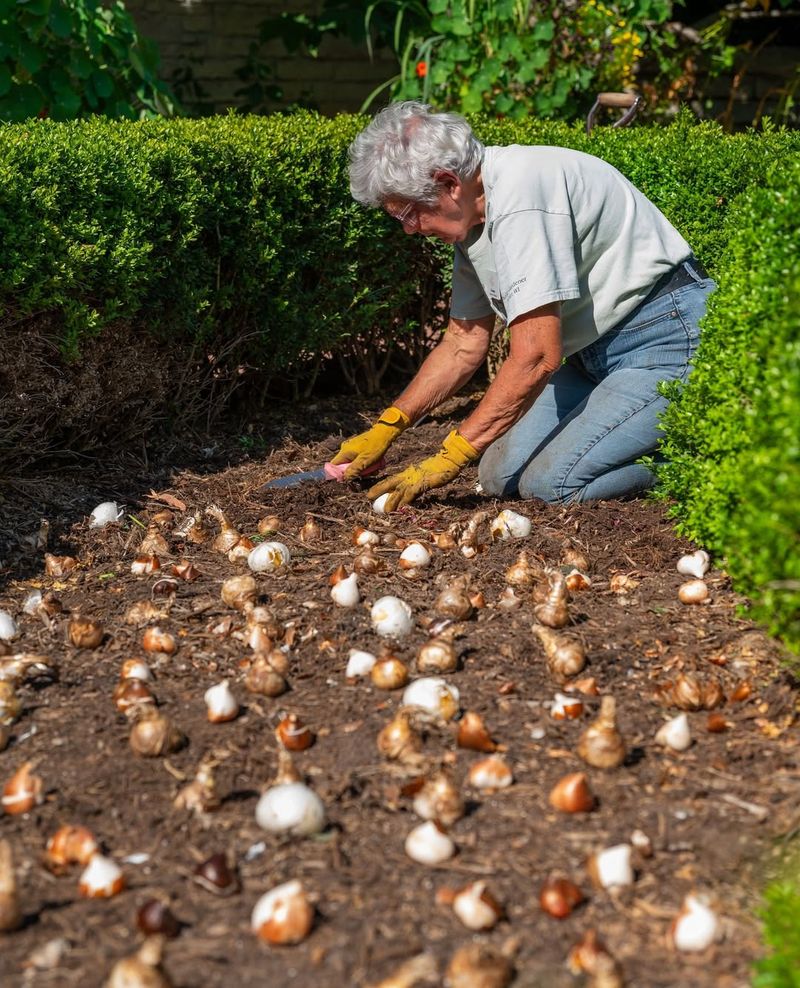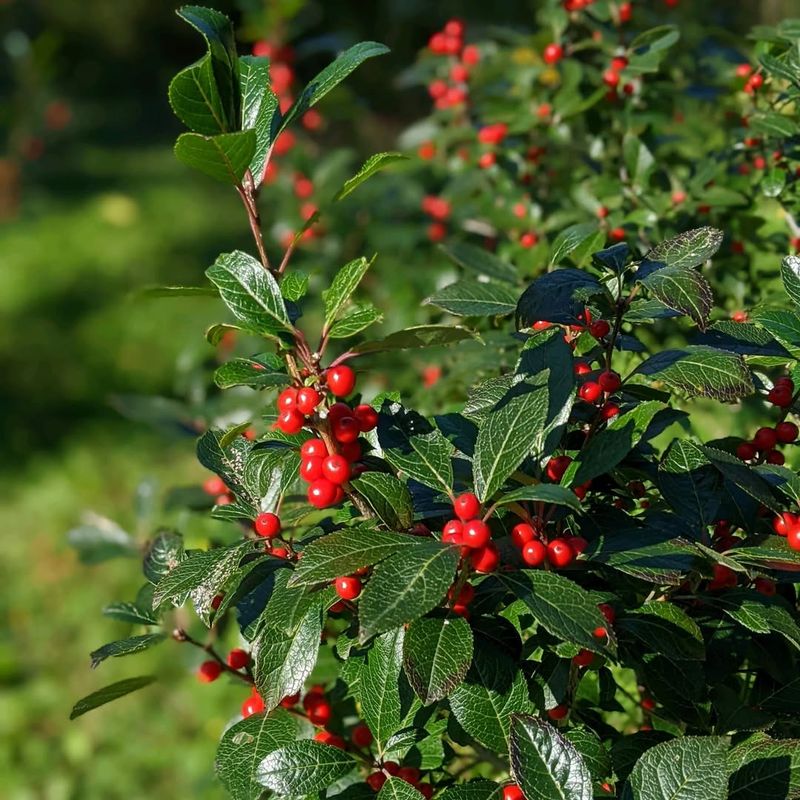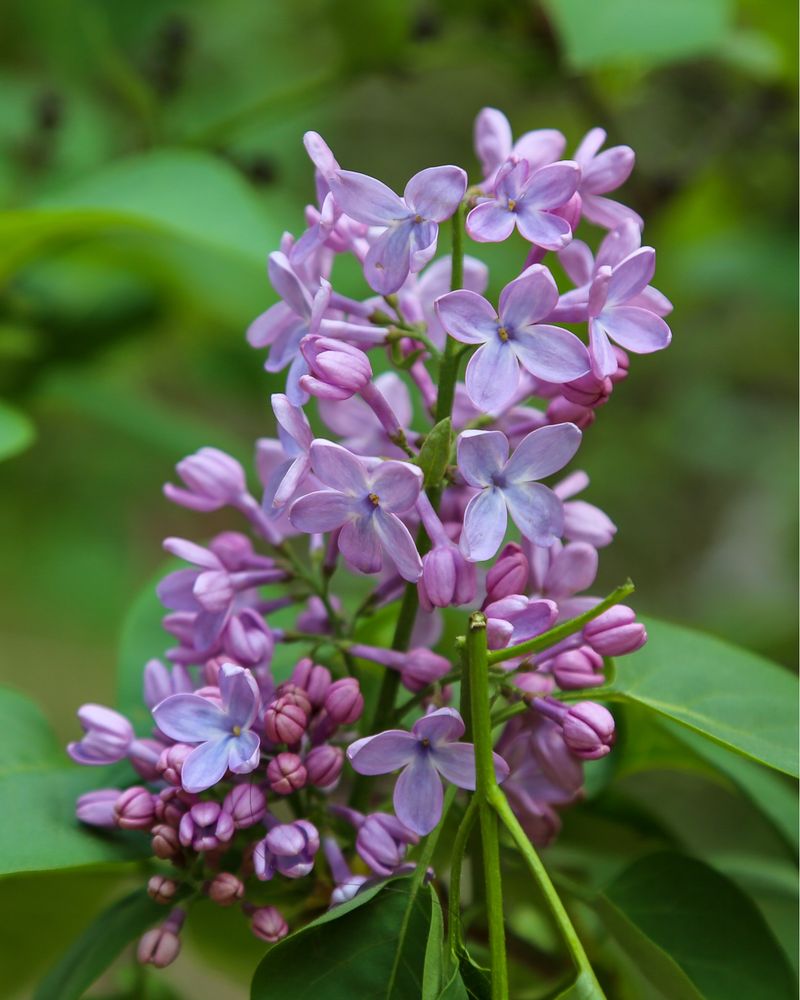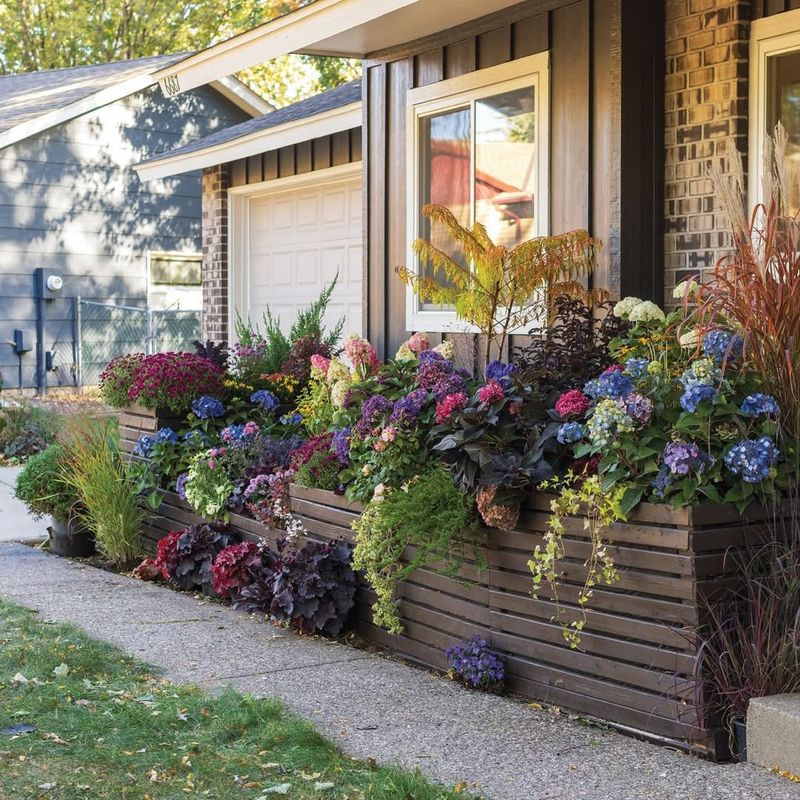A yard that shines through blizzards, thaws, and sudden warm spells takes more than luck, yet the payoff turns heads in every season.
With smart choices, bold structure, and a dash of creativity, any outdoor space can stand strong while others fade.
Think of it as crafting a stage where color, texture, and form trade the spotlight all year, proving that a well-planned garden never misses a beat.
1. Plant Native Perennials For Easy Color
Native plants like purple coneflower and black-eyed Susan thrive in Wisconsin’s climate without much fuss.
They come back year after year, saving you time and money on replanting.
These tough beauties attract butterflies and bees during summer while handling cold winters like champs.
Their deep roots help them survive drought too.
Best of all, they bloom at different times, giving you color from spring through fall with minimal watering or fertilizing needed.
2. Add Evergreens For Winter Structure
When everything else loses its leaves, evergreens keep your garden looking alive and structured.
Arborvitae, spruce, and pine trees provide year-round greenery that looks especially stunning against white snow.
They also create windbreaks that protect your home and other plants from harsh winter winds.
Many varieties grow well in Wisconsin’s hardiness zones.
Consider mixing different sizes and shades of green to add depth and visual interest throughout the coldest months.
3. Choose Plants With Colorful Bark
Red twig dogwood steals the show in winter with its brilliant red stems that pop against snow-covered ground.
Other options include yellow twig dogwood and paper bark maple.
These plants might look ordinary in summer, but they transform into garden stars once leaves drop.
Their vibrant stems create living sculptures in your winter landscape.
Prune them every few years to encourage fresh, brightly colored growth that really makes your neighbors stop and stare.
4. Create Layers With Different Heights
Gardens look more interesting when plants vary in height, creating a natural layered effect.
Start with tall trees in back, medium shrubs in the middle, and low flowers or ground covers up front.
This approach ensures something catches your eye no matter the season.
Tall ornamental grasses add movement, while low evergreen shrubs provide constant coverage.
Layering also helps different plants shine at their peak times throughout the year without competing for attention.
5. Include Ornamental Grasses For Movement
Ornamental grasses bring life to your garden even when they’re dormant.
Varieties like switchgrass and little bluestem turn gorgeous shades of gold and copper in fall.
Their seed heads look beautiful covered in frost or snow, swaying gracefully with winter breezes.
They require almost no maintenance once established in your yard.
Leave them standing through winter for visual interest, then cut them back in early spring before new growth emerges from the base.
6. Plant Spring Bulbs For Early Blooms
Nothing signals the end of winter better than cheerful crocuses and daffodils poking through melting snow.
Plant bulbs in fall, and they’ll reward you with color when you need it most.
Tulips, hyacinths, and alliums add variety to your spring display.
These hardy bulbs handle Wisconsin’s freeze-thaw cycles without problems.
Mix early, mid, and late-blooming varieties to extend your spring color show for several weeks as temperatures gradually warm up.
7. Add Berry-Producing Shrubs For Winter Interest
Winterberry holly produces brilliant red berries that cling to bare branches all winter long.
Birds love snacking on them, bringing movement and life to your cold-weather garden.
Other options include viburnum and serviceberry, which offer berries plus beautiful fall foliage.
These shrubs provide food for wildlife while looking gorgeous.
Female plants produce the berries, but you’ll need a male plant nearby for pollination, so check before buying from your nursery.
8. Design With Hardscaping Elements
Pathways, stone walls, and decorative rocks provide permanent structure that looks good when plants are sleeping.
They create visual bones that hold your garden together during bare months.
A simple stone path or wooden arbor draws the eye and adds interest even under snow.
These elements also reduce lawn maintenance areas.
Consider adding a birdbath or garden sculpture as a focal point that works through all seasons without needing water or care.
9. Select Plants With Great Fall Foliage
Sugar maples, burning bush, and sumac explode with fiery reds, oranges, and yellows before winter arrives.
Planning for fall color extends your garden’s beauty well past summer.
Many Wisconsin native plants offer spectacular autumn displays that rival spring flowers.
Oak trees hold their russet leaves into winter, providing texture.
Mixing different fall-coloring plants creates a longer show, as some change color earlier while others wait until the first frost hits.
10. Incorporate Fragrant Plants For Sensory Appeal
Lilacs fill spring air with unforgettable sweetness that makes Wisconsin gardens truly special.
Summer brings fragrant roses and bee balm that attract pollinators while delighting your nose.
Even winter has scents to offer through evergreens like pine and juniper.
Fragrance adds another layer of enjoyment beyond what you see.
Plant fragrant varieties near pathways, patios, or windows where you’ll regularly experience their perfume as you pass by or relax outside.
11. Plan For Four-Season Garden Rooms
Creating separate garden areas gives each space a different seasonal focus.
One section might peak in spring with bulbs, while another shines in winter with evergreens and colorful bark.
This strategy ensures something always looks great without overwhelming any single area.
Pathways connect these rooms, encouraging exploration through changing displays.
Think of your yard as having different chapters, each telling its own story as seasons shift and weather transforms your Wisconsin landscape.


